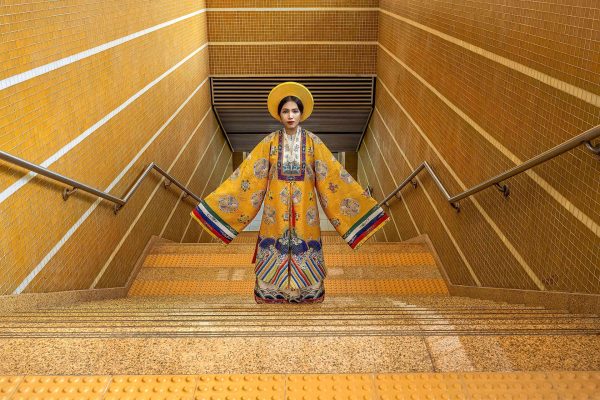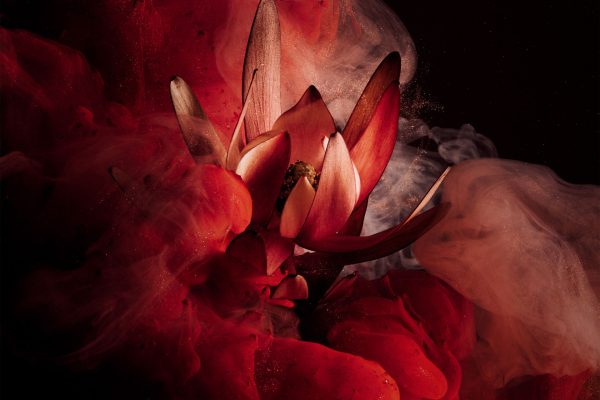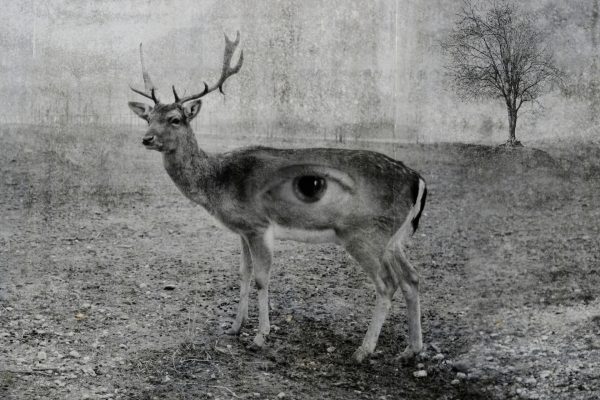‘In the Blood’ is a photo-documentary about my brother Joe, who was diagnosed with Stage 2B Hodgkin Lymphoma in 2018 just after finishing his GCSEs at the age of 16. He had suffered with intense itching all over his body and had started to lose weight rapidly. Originally this was diagnosed as a skin condition and he was given some cream to treat it. However, after nearly two years of repeatedly going to doctors and A&E, he was finally given a diagnosis of Hodgkin Lymphoma on our mother’s birthday in August 2018.
He started his trial chemotherapy on 23rd September 2018 and underwent treatment for four months using two different types of chemotherapy, finally finishing on the 9th January 2019. He then had a reassessment scan on the 22nd February where it was discovered that the cancer had refracted and not completely gone away. He was re-diagnosed on the 4th March and would start another round of chemotherapy treatment on the day his second PICC line was inserted. He then underwent intense ABVD and ICE chemotherapy in April, followed by an autologous blood stem cell harvest which would eventually be used in 2020 for a stem cell transplant.
Documenting Joe’s journey has been particularly interesting for me as a photographer since I had already documented my own treatment for Stage 4B Hodgkin Lymphoma in 2012, when Joe was only eight years old. These are an unusual pair of projects given the rarity of siblings being diagnosed with the same blood cancer.
This series looks at Joe’s resilience in dealing with the issues all cancer patients face while going through the side effects of chemotherapy, such as infections, hair loss and extreme fluctuations in weight which can have such an effect on your self -image. And yet, through it all, I was so impressed with Joe’s strength of mind in coping with such a life-changing experience at such a young age.



























